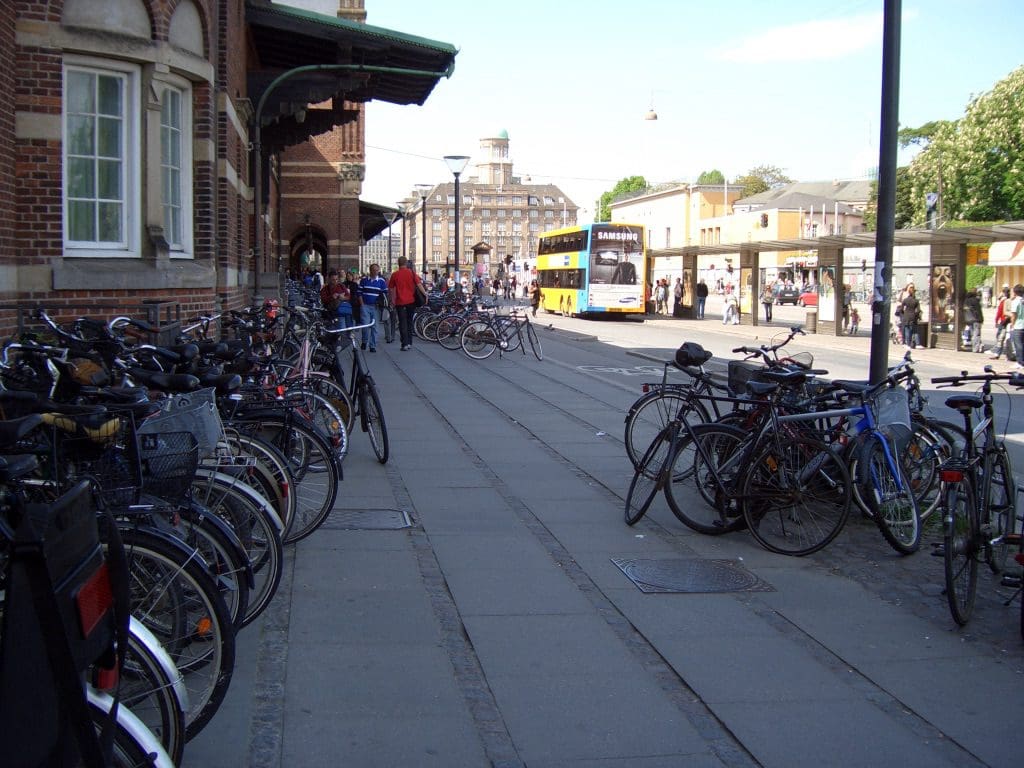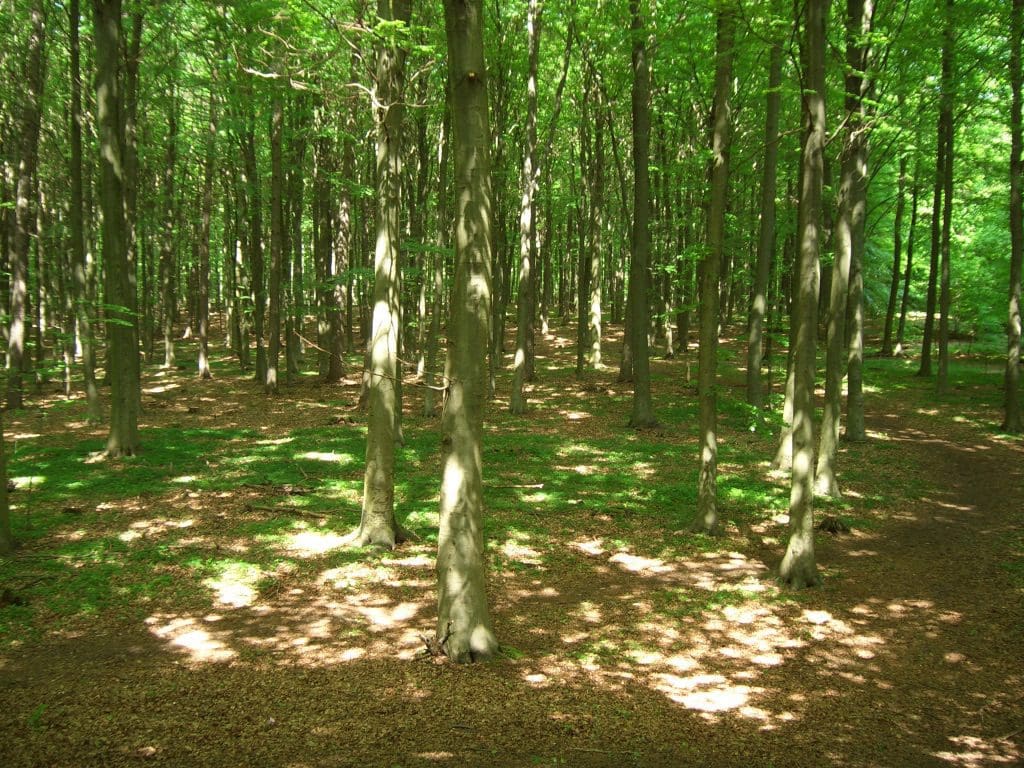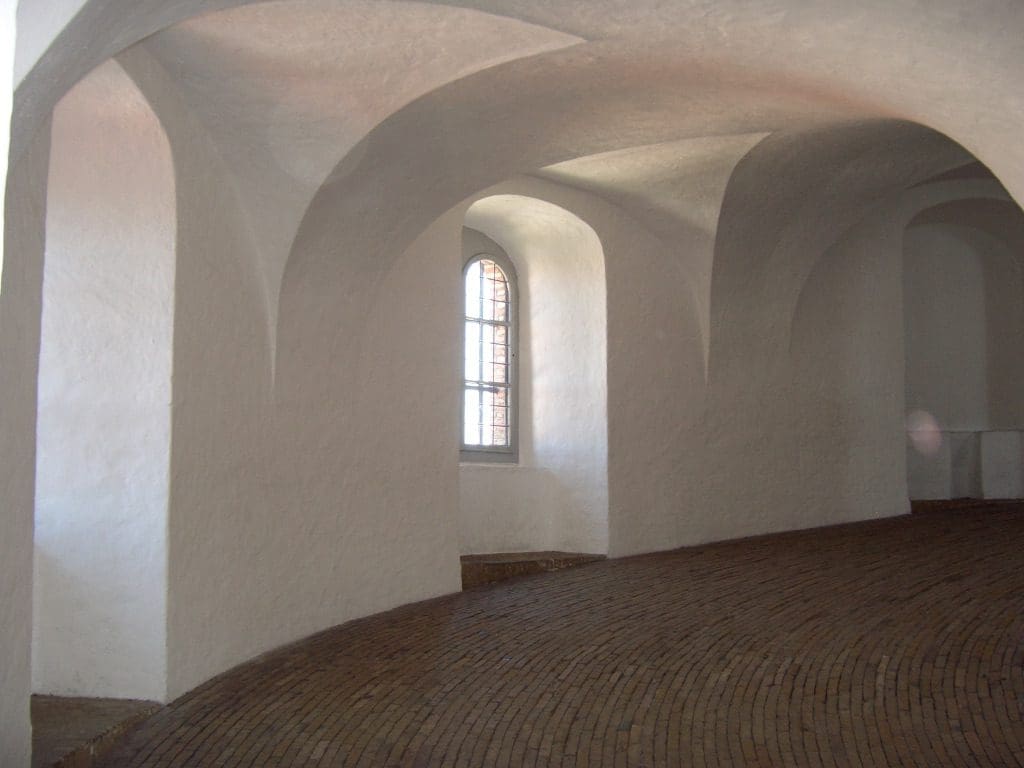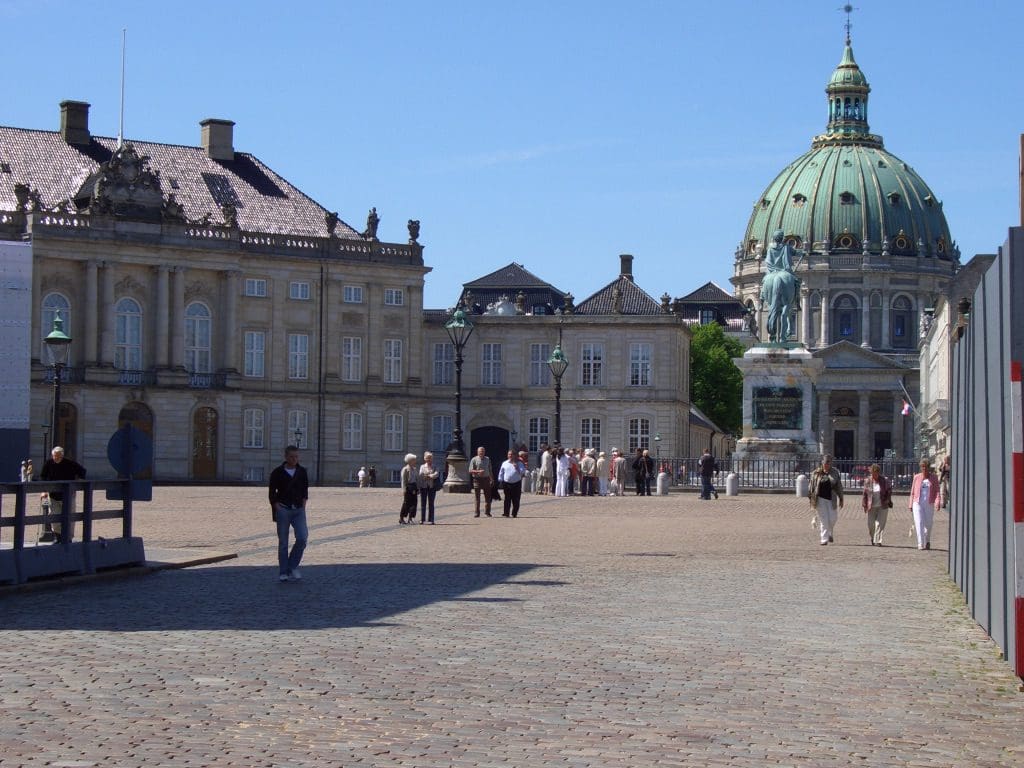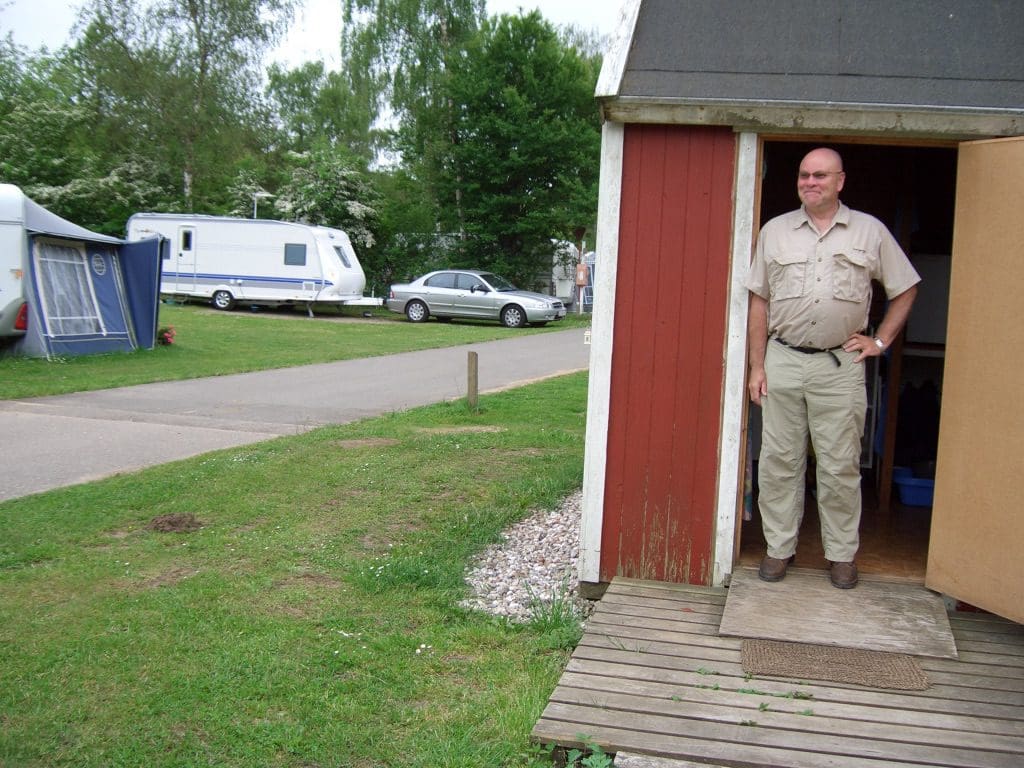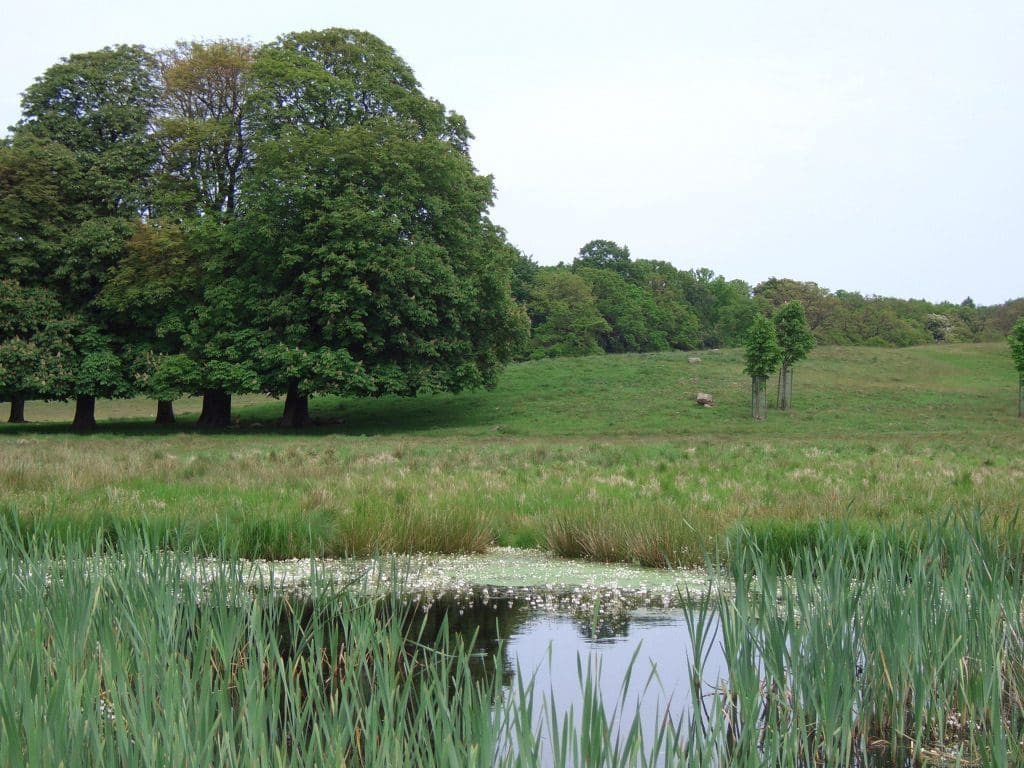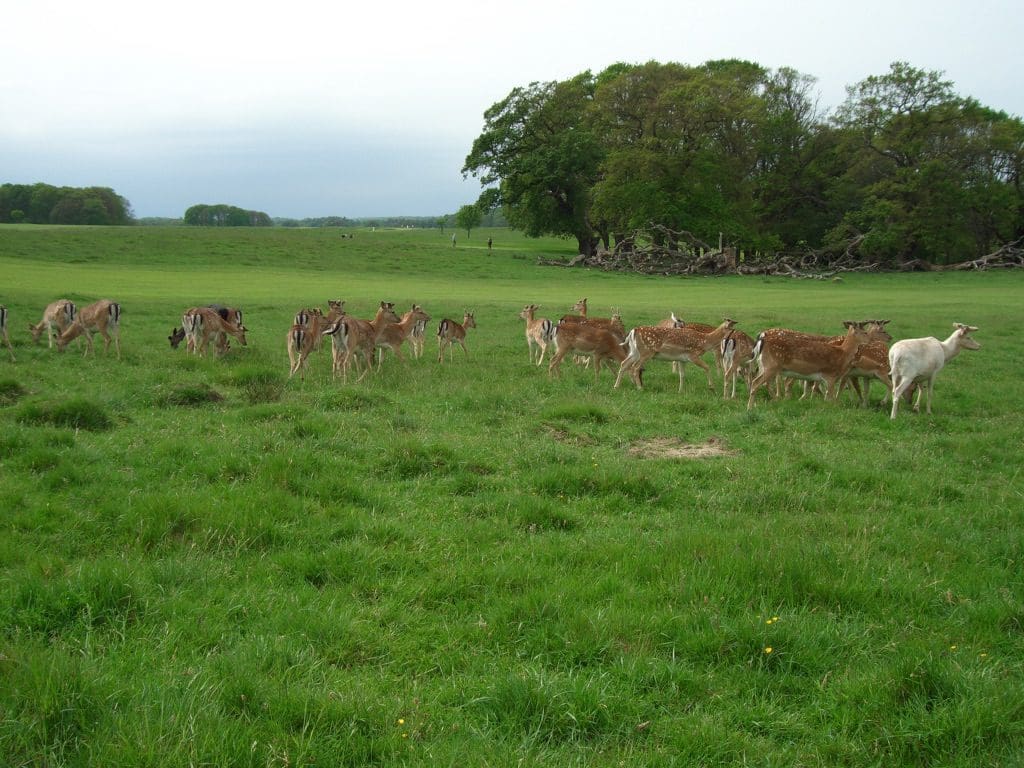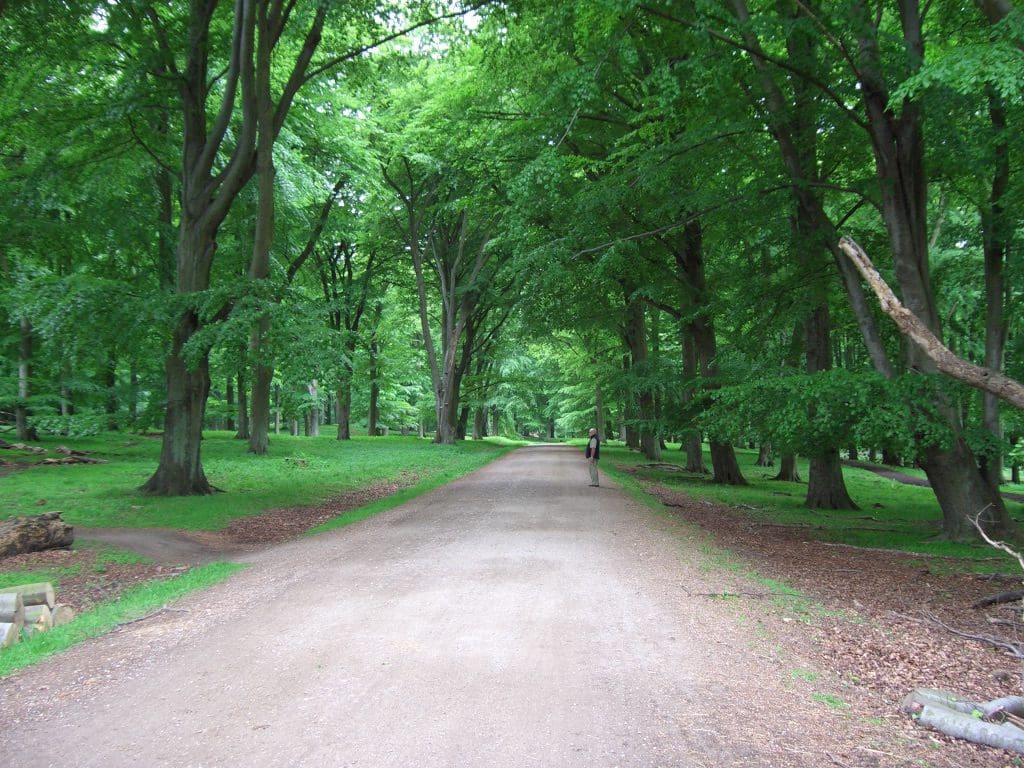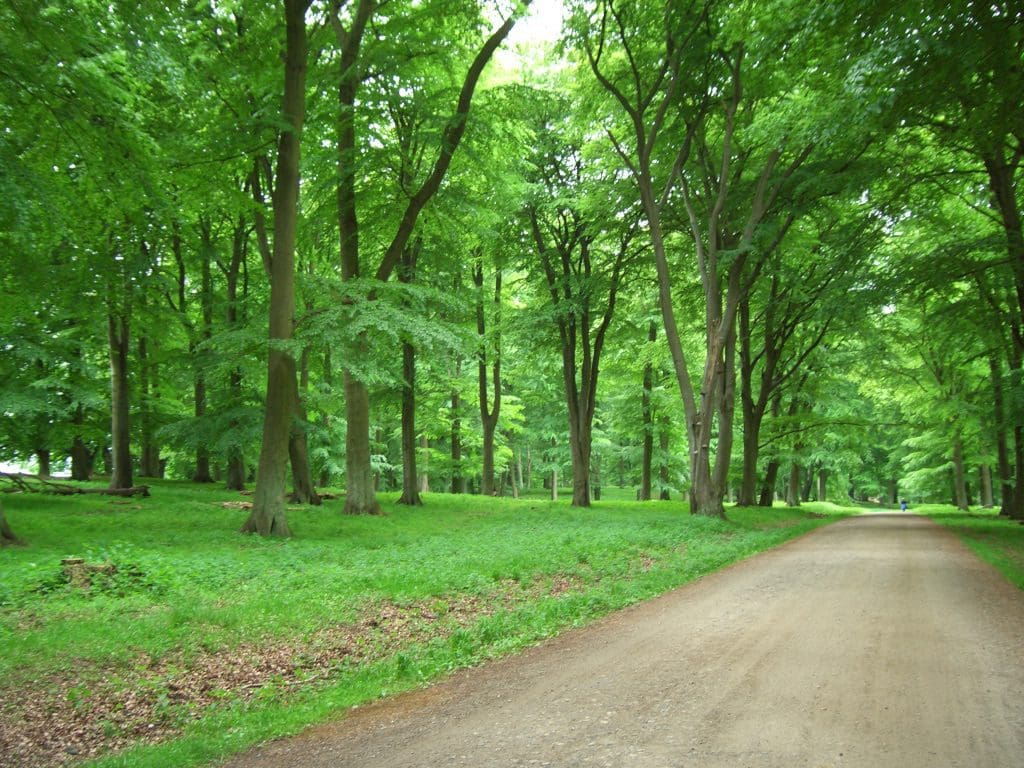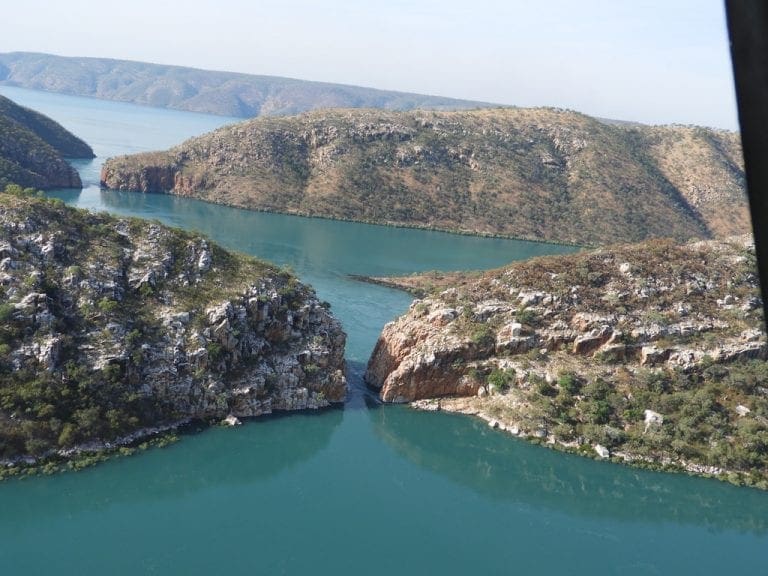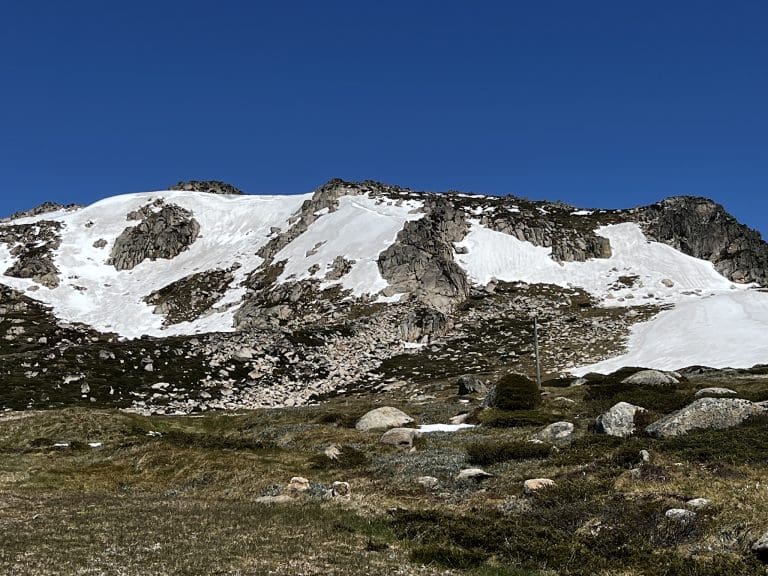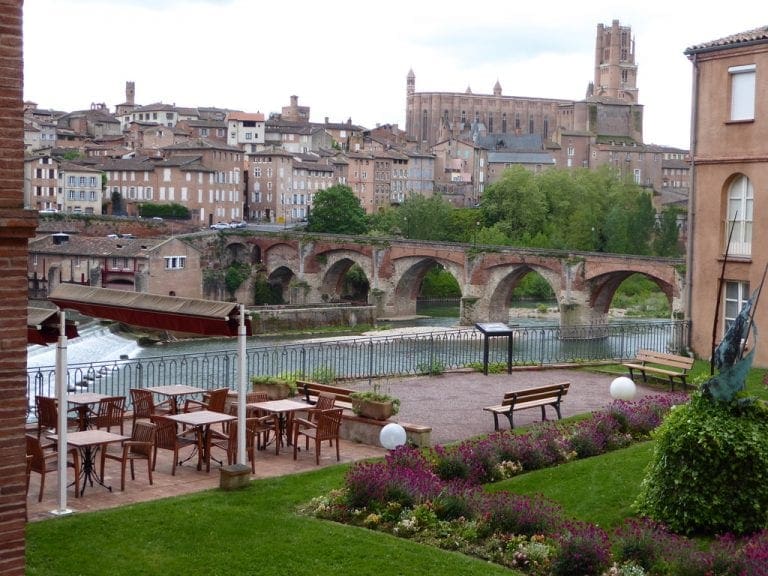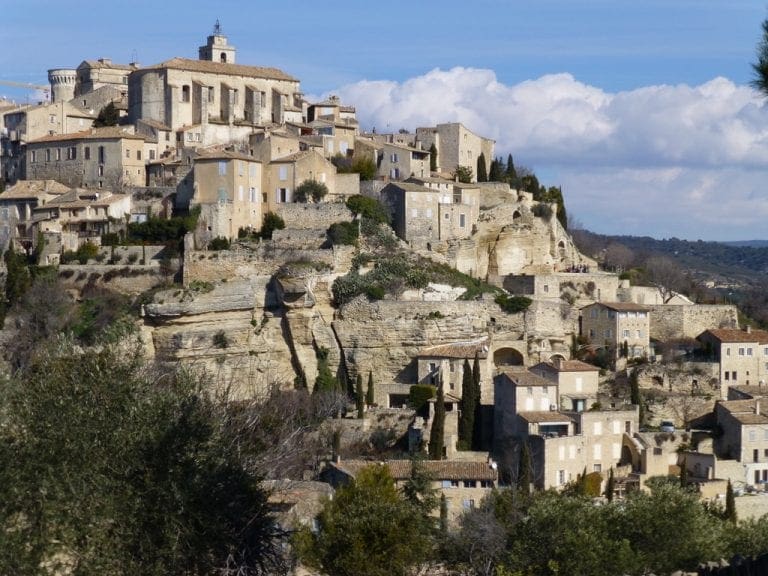Denmark 3
We would like to point out that these are a joint production. Geoff does mainly the structure and Helen does most of the detail so should be signed Geoff and Helen.
21/5 Geoff at work. Helen at cabin. Washing and shopping. Helen is working her way along the shelves in the little shop that sells ‘Danish’ pastries. We usually have two different ones for dessert at night. Some prices. Milk is A$1.60-$2/litre. Petrol ULP is about A$2.60/litre. Eye fillet – A$60 a kilo. The bird book of European birds arrived in the mail. We can now identify the little buggers. Ahh, so that is a chaffinch. And that a Great Tit. Helen bought 4 different bottles of beer for us to try. One got a tick. One turned out to be horehound. Another had a distinctly ginger taste. Helen watched a very large heron fishing and saw it catch 5 fish. The temp got to 25C today.
22/5 Geoff at work, Helen out and about. We went to the beach nearby after dinner. Eider ducks floating off the coast in quite big numbers. People going in for a swim off the short pier amid shouts and brrrrrrs. A single Goosander. Cluster of windmills off the coast – there are lots of wind turbines used for electricity generation. Can see Sweden and the bridge connecting it to Copenhaven.
Helen – spent the morning exploring the local coastline. My first thoughts were ‘I’m in the Gold Coast of Copenhagen’. The beaches were tiny and sheltered with man made rock dykes, however the coastline was lined with very expensive real estate. Spent some time at a marina where most of the boats were worth over a million $A each – and there were a lot of boats. The sun stayed out so I headed for the nearby large park. Historically this area used to be the king’s deer park and hunting grounds and commoners were definitely not welcome. I think it is now maintained by the Danish govt and even people like me are allowed to drive/walk/cycle/paddle/ride horses and picnic there. I watched as a canoeist stoically paddled up stream being chased by an aggressive male swan all puffed up protecting his nesting mate. It is a beautiful and diverse natural area – forests, wetlands, rivers, open grass areas, which I will return to, time permitting.
23/5 Sunny day. Geoff at work. Helen decided to do the culture vulture thing and headed to Copenhagen on the train. I had a list of things that I might see and had a walking tour of the city marked out on my map. In actuality, the details got lost and I just zigzagged around following canals and back alleys filled with small shops – marked absence of large shops and big department stores. I did visit the Danish design centre which I thought was entirely given over to showing the evolution of Danish design. Wrong again. There was a small section on this which was very informative. They did have two big collections on display. One showing silver work by a modern day craftsman who was an apprentice to Georg Jensen (of international fame) and another showing textiles and fashion by a Finnish designer who did most of her work in the 50’s and 60’s. It bought back a lot of memories. The company she founded is still internationally renowned today and several of her patterns and designs are still being used. (bright colours, big flowers and stripes, clean lines). I really enjoyed the couple of hours I spent there.
I also spent a considerable time at the top of the round tower. This was built in the mid 1600’s as an astronomical observatory. It is attached to the old university church and a library was built off the tower over the church. Today the library is used as an exhibition space. A spiral ramp with a beautiful arched ceiling and lots of windows to peer out, gets you to the top of the tower (not the usual stair case). It was a warm 25 degree sunny day so I spent time just sitting at the top looking out over the court yards, roads – wide and narrow- lined with open air coffee tables, gardens and tiled roofs. Whilst there, the royal guards marched past on their way to the palace that was just down the road so my musing was accompanied by tin whistle and drums. Of special note (for those of us who enjoyed the movie ‘Kenny’) there were 2 toilets built off the side of the tower – one half way up and one at the top. Apparently the contents of these ‘long drops’ were gathered in a huge pit that only required shovelling out twice a century. There are old writings that comment on the stench that one had to endure whilst studying in the library. Apparently they were also used (as in modern times) as places of contemplation where students went for a quiet smoke. Even today the nicotine is seeping out of the bricks in the ceiling and showing through the white wash. Times haven’t changed that much.
With bruised and battered feet from pounding kilometres on cobble stones, I returned to Lyngby and we enjoyed a well earned beer (or two) in the evening light.
The stickers for the car arrived. We have placed an ‘AUS’ sticker and an Oz flag in each of the two top corners of the back window. The French ‘F” sticker we have left in place. ‘The car, she is French’. Despite this and the Oz flag out of the window of the cabin, we still get a lot of ‘Bonjours’. At least it begins a conversation.
Kopenhaven is on the largest of Denmark’s islands and is tucked in between the mainland bit ‘Jutland’, which jutes off the top of Germany, and Sweden to its East. Kopenhaven about half way along its Eastern shore. From Kopenhaven to the NorthEast tip (Helsigor – Hamlet’s castle) is about 25 km. It occurred to us that the entire island is about the same size as Sydney. Denmark is a very small country.
24/5 & 25/5 Geoff at work. Helen spent lots of time sitting outside (when sunny) planning and reading about France. I worked out how to use the glass and plastic bottle recycling machine at the shop. As you feed the bottles into a slot their value is recorded and added to the total shown. When finished, you press a button to get a chit showing the total. You don’t get instant money but when you get to the checkout after doing your grocery shopping you get the amount deducted from your bill. Very neat and the return is worth the effort. Beer costs 5/6 kroner a bottle and you get 1 kroner back per bottle. For a while I was puzzled by the very small number of trolleys being used in super markets. Then it hit me. It is difficult to load a trolley full of food on to your bicycle. As a result people buy in small amounts.
26/5 In the morning, we attempted a little bird watching. We drove to a place near the airport that was a landfill rubbish dump and is now a nature park. Our friendly neighbour had recommended it and lent us a second pair of binocs. Unfortunately, it rained before we saw much. It then deteriorated into a day of rain. We spent the day on a very thorough plan of the few days we will be following ‘Le Tour’. The map now has the route highlighted. We are yet to decided exactly where will stay. Booking that will be important. A long day pouring over maps.
This is a long weekend in Denmark – Whitsunday long weekend. The Danes take it very seriously – a time of family get-to-togethers and picnic. Very group oriented the Danes. Unfortunately, rain is forecast for all weekend.
27/5 A cloudy day but not actually raining in the afternoon, so we headed for the Deer-park. This is one of the huge expanses of parkland to the north of Kopenhaven. Most of these parks were once (still are?) owned by the crown. Being there (or on one of the very straight ‘king’s roads) was a capital offence. Not now. Now they are full of Danes on picnic and taking advantage of any chance to get outside. We had a pleasant walk – saw a few new birds – and some huge snails and orange slugs. Deer everywhere. Quite big herds. All over the golf course that runs along the northern end of the park. Not particularly concerned by the presence of humans.
On our return, we were rounded up by a nice lady from the Danish Camping Union to join them in their festivities. The DCU own 10 of the campgrounds in Denmark and each year spend Whitsun in one of them. This year is Naerum’s turn – for its 50th anniversary. 228 members of the DCU turned up in vans and assembled under a couple of huge marquis. Much alcohol consumed and several people had wobbly boots by day end. Surprising ‘auld lang syne’ was sung (followed by Hokey Pokey). They claimed it was Danish. Hmm, we thought Burns.
The question of ‘where are the young men’ was answered with ‘we send them overseas to study’. What about the young women ‘they stay here. If they go away, they might marry’. Practical people the Danes.
Christoph, a young fellow working with Geoff, said that the price of cars in Denmark (pre-tax) is the lowest of the surrounding countries. Germans come to Denmark to buy cars. Then the respective government slaps its tax on. Danish tax on cars is huge which in the end makes cars for the Danes very expensive. A very small cheap car is A$25,000. A moderate Volvo for a Dane is A$100,000. There has been a case in the European court about Danish car dealers being prevented by, say Mercedes, from selling to Germans.
Christoph also described the traffic lights in Kopenhaven being set to give priority to bicycles to alleviate bicycle jams.
Danes drink beer (not exclusively) compared with the French (who drink wine). It is not unusual to see a few people on a park bench having a friendly few bottles at 10 am. In Denmark, beer is available in every corner store and servo. Usually next to the milk. It is fairly inexpensive at about $1 per 330ml sized bottle. Bottles are always sold with a 1 DKK deposit. There are ‘bottle machines’ in many supermarkets to take back the empties. The machine issues a receipt (20 bottles -> 20 DKK) which is deducted from the total when you check out.

